Canada's waning water supply sows division in farm belt
Rod Nickel and Jeff Lewis
Reuters
Rod Nickel and Jeff Lewis
Reuters
Staff
Thursday, September 2, 2021
CROWSNEST PASS, ALTA. -- Where fly fisherman Shane Olson once paddled summer tourists around in a boat, he now guides them by foot – carefully navigating shallow waters one step at a time.
“Every year, these rivers seem to be getting smaller, faster,” Olson, 48, said, whipping a gleaming fishing line over the Crowsnest River about 70 kilometres from the U.S. border.
It is an alarming trend in Canada’s breadbasket, and a sign of water scarcity to come as climate change speeds the melting of Rocky Mountain glaciers feeding rivers that deliver water to some seven million people across the Prairies.
“We are pushing it to the absolute breaking point,” Olson said.
The province of Alberta could face a $22.1 billion loss, or roughly 6% of its gross domestic product, as Saskatchewan River Basin flows drop, according to a study last year in the journal Ecological Economics.
At the same time, water demand is growing, sparking competition among miners, farmers and First Nations.
A seven-hour drive downstream from Olson's fishing spot, the province of Saskatchewan is planning a $4-billion expansion of its irrigation system. Upstream in the Rockies, developers have proposed eight new steel-supplying coal mines.
In an interview with Reuters this year, Environment Minister Jonathan Wilkinson called rising Prairie water demand amid climate change “a major source of concern.”
While Canada is the world’s third most water-abundant nation, the Prairies are prone to both flooding and drought. Their water supply depends on how much snow collects in the Rockies – known as the region’s “water towers” - and how quickly it runs off as it melts.
But water abundance is a Prairie myth, scientists say.
During the second half of this century, most glaciers in the Canadian Rockies will melt, according to a 2019 study in Water Resources Research. The region’s water outlook will be “bleak” long before then, said University of Lethbridge geographer Christopher Hopkins.
Warmer temperatures are causing mountain snow and ice to melt earlier in the year, increasing the likelihood of summertime water shortages, according to research published last year in Environmental Reviews.
As the climate changes, winter precipitation falls more frequently as rain than snow, leaving less water stored in the mountains, hydrologist John Pomeroy said.
Water conditions over the last 20 years have been especially volatile, according to tree ring data that record annual water and temperature conditions dating back 900 years, said Dave Sauchyn, director of the University of Regina's Prairie Adaptation Research Collaborative.
That period saw both a prolonged drought in 1999-2003 and the 2013 flood that wrought $6 billion in damages.
“That these two events occurred within 10 years of each other is extraordinary, and very likely a manifestation of increasing extremes from climate change,” said Pomeroy, who heads the University of Saskatchewan's Global Water Futures Program.
‘IF YOU DON’T HAVE WATER, YOU DON’T HAVE NOTHING’
In June, a record heat wave seared Western Canada that scientists said would have been “virtually impossible” without climate change. Wheat crops shriveled and cattle-grazing pastures turned brown.
As of Aug. 30, Alberta had issued 18 low-water advisories for rivers.
As water demand grew in dry southern Alberta, the province stopped issuing new water licences there in 2007.
It held in reserve 11,000 acre feet of water from the Oldman River flowing eastward from the Rockies.
The reserve is a drop in the bucket compared to Alberta’s total surface water allocations of 7.5 million acre feet. But Alberta has floated the idea of lifting the reserve's limits by sector, a move that has stirred up fears that it could divert scarce water to coal mines.
Unlikely partnerships formed among environmentalists, ranchers, and country singers to fight the mines, underscoring how taut tensions over water use have become.
“It is clear that amending this regulation is directly linked to the coal companies' need for water licenses,” said Katie Morrison, conservation director at the Canadian Parks and Wilderness Society.
The government has yet to decide the issue, spokesman Paul Hamnett said.
Ottawa rejected one coal proposal in August, citing the potential for water contamination and harm to plants and animals.
Some proposals for coal mines in the Rockies’ sensitive eastern slopes are on hold pending a review of Alberta’s coal development policy due in November.
During 2019-20, Alberta’s Environmental Appeals Board handled 20 appeals of water licence decisions – the busiest two-year period since Alberta capped water licensing in 2007.
In one case, farmers appealed a golf club’s water diversion application out of fear it would deplete the aquifer. Another complaint took issue with water allotment for washing gravel.
Water scarcity has already forced a shift in Canada's oil sands mines, which in 2019, recycled 78% of the water they used, according to the Alberta Energy Regulator.
John Smith, who runs a ranch near Nanton, Alta., worries that a coal mine on a peak overlooking his farm could soak up the water his family has relied on for three generations.
"Our dads told us, our grandads told us, 'If you don't have water, you don't have nothing,’” Smith said. "It really is our greatest resource, and it's only going to become more scarce.”
Saskatchewan’s plan to quintuple its irrigated land to 500,000 acres would enable farmers to grow higher-priced crops such as potatoes and sugar beets.
"This is what we consider climate change adaptation," said Patrick Boyle, spokesman for the Saskatchewan Water Security Agency.
But First Nations fishing and hunting in the downstream Saskatchewan River Delta, near the Manitoba border, see the plan threatening their way of life.
"We're messing with nature," said Vice Chief Heather Bear of the Federation of Sovereign Indigenous Nations.
"Everything that happens upstream will affect us downstream."

A drought-struck tree is seengrowing DYING in the Cowichan Valley area of Duncan, B.C., on Saturday, July 31, 2021. (THE CANADIAN PRESS / Chad Hipolito)
Thursday, September 2, 2021
CROWSNEST PASS, ALTA. -- Where fly fisherman Shane Olson once paddled summer tourists around in a boat, he now guides them by foot – carefully navigating shallow waters one step at a time.
“Every year, these rivers seem to be getting smaller, faster,” Olson, 48, said, whipping a gleaming fishing line over the Crowsnest River about 70 kilometres from the U.S. border.
It is an alarming trend in Canada’s breadbasket, and a sign of water scarcity to come as climate change speeds the melting of Rocky Mountain glaciers feeding rivers that deliver water to some seven million people across the Prairies.
“We are pushing it to the absolute breaking point,” Olson said.
The province of Alberta could face a $22.1 billion loss, or roughly 6% of its gross domestic product, as Saskatchewan River Basin flows drop, according to a study last year in the journal Ecological Economics.
At the same time, water demand is growing, sparking competition among miners, farmers and First Nations.
A seven-hour drive downstream from Olson's fishing spot, the province of Saskatchewan is planning a $4-billion expansion of its irrigation system. Upstream in the Rockies, developers have proposed eight new steel-supplying coal mines.
In an interview with Reuters this year, Environment Minister Jonathan Wilkinson called rising Prairie water demand amid climate change “a major source of concern.”
While Canada is the world’s third most water-abundant nation, the Prairies are prone to both flooding and drought. Their water supply depends on how much snow collects in the Rockies – known as the region’s “water towers” - and how quickly it runs off as it melts.
But water abundance is a Prairie myth, scientists say.
During the second half of this century, most glaciers in the Canadian Rockies will melt, according to a 2019 study in Water Resources Research. The region’s water outlook will be “bleak” long before then, said University of Lethbridge geographer Christopher Hopkins.
Warmer temperatures are causing mountain snow and ice to melt earlier in the year, increasing the likelihood of summertime water shortages, according to research published last year in Environmental Reviews.
As the climate changes, winter precipitation falls more frequently as rain than snow, leaving less water stored in the mountains, hydrologist John Pomeroy said.
Water conditions over the last 20 years have been especially volatile, according to tree ring data that record annual water and temperature conditions dating back 900 years, said Dave Sauchyn, director of the University of Regina's Prairie Adaptation Research Collaborative.
That period saw both a prolonged drought in 1999-2003 and the 2013 flood that wrought $6 billion in damages.
“That these two events occurred within 10 years of each other is extraordinary, and very likely a manifestation of increasing extremes from climate change,” said Pomeroy, who heads the University of Saskatchewan's Global Water Futures Program.
‘IF YOU DON’T HAVE WATER, YOU DON’T HAVE NOTHING’
In June, a record heat wave seared Western Canada that scientists said would have been “virtually impossible” without climate change. Wheat crops shriveled and cattle-grazing pastures turned brown.
As of Aug. 30, Alberta had issued 18 low-water advisories for rivers.
As water demand grew in dry southern Alberta, the province stopped issuing new water licences there in 2007.
It held in reserve 11,000 acre feet of water from the Oldman River flowing eastward from the Rockies.
The reserve is a drop in the bucket compared to Alberta’s total surface water allocations of 7.5 million acre feet. But Alberta has floated the idea of lifting the reserve's limits by sector, a move that has stirred up fears that it could divert scarce water to coal mines.
Unlikely partnerships formed among environmentalists, ranchers, and country singers to fight the mines, underscoring how taut tensions over water use have become.
“It is clear that amending this regulation is directly linked to the coal companies' need for water licenses,” said Katie Morrison, conservation director at the Canadian Parks and Wilderness Society.
The government has yet to decide the issue, spokesman Paul Hamnett said.
Ottawa rejected one coal proposal in August, citing the potential for water contamination and harm to plants and animals.
Some proposals for coal mines in the Rockies’ sensitive eastern slopes are on hold pending a review of Alberta’s coal development policy due in November.
During 2019-20, Alberta’s Environmental Appeals Board handled 20 appeals of water licence decisions – the busiest two-year period since Alberta capped water licensing in 2007.
In one case, farmers appealed a golf club’s water diversion application out of fear it would deplete the aquifer. Another complaint took issue with water allotment for washing gravel.
Water scarcity has already forced a shift in Canada's oil sands mines, which in 2019, recycled 78% of the water they used, according to the Alberta Energy Regulator.
John Smith, who runs a ranch near Nanton, Alta., worries that a coal mine on a peak overlooking his farm could soak up the water his family has relied on for three generations.
"Our dads told us, our grandads told us, 'If you don't have water, you don't have nothing,’” Smith said. "It really is our greatest resource, and it's only going to become more scarce.”
Saskatchewan’s plan to quintuple its irrigated land to 500,000 acres would enable farmers to grow higher-priced crops such as potatoes and sugar beets.
"This is what we consider climate change adaptation," said Patrick Boyle, spokesman for the Saskatchewan Water Security Agency.
But First Nations fishing and hunting in the downstream Saskatchewan River Delta, near the Manitoba border, see the plan threatening their way of life.
"We're messing with nature," said Vice Chief Heather Bear of the Federation of Sovereign Indigenous Nations.
"Everything that happens upstream will affect us downstream."

A drought-struck tree is seen

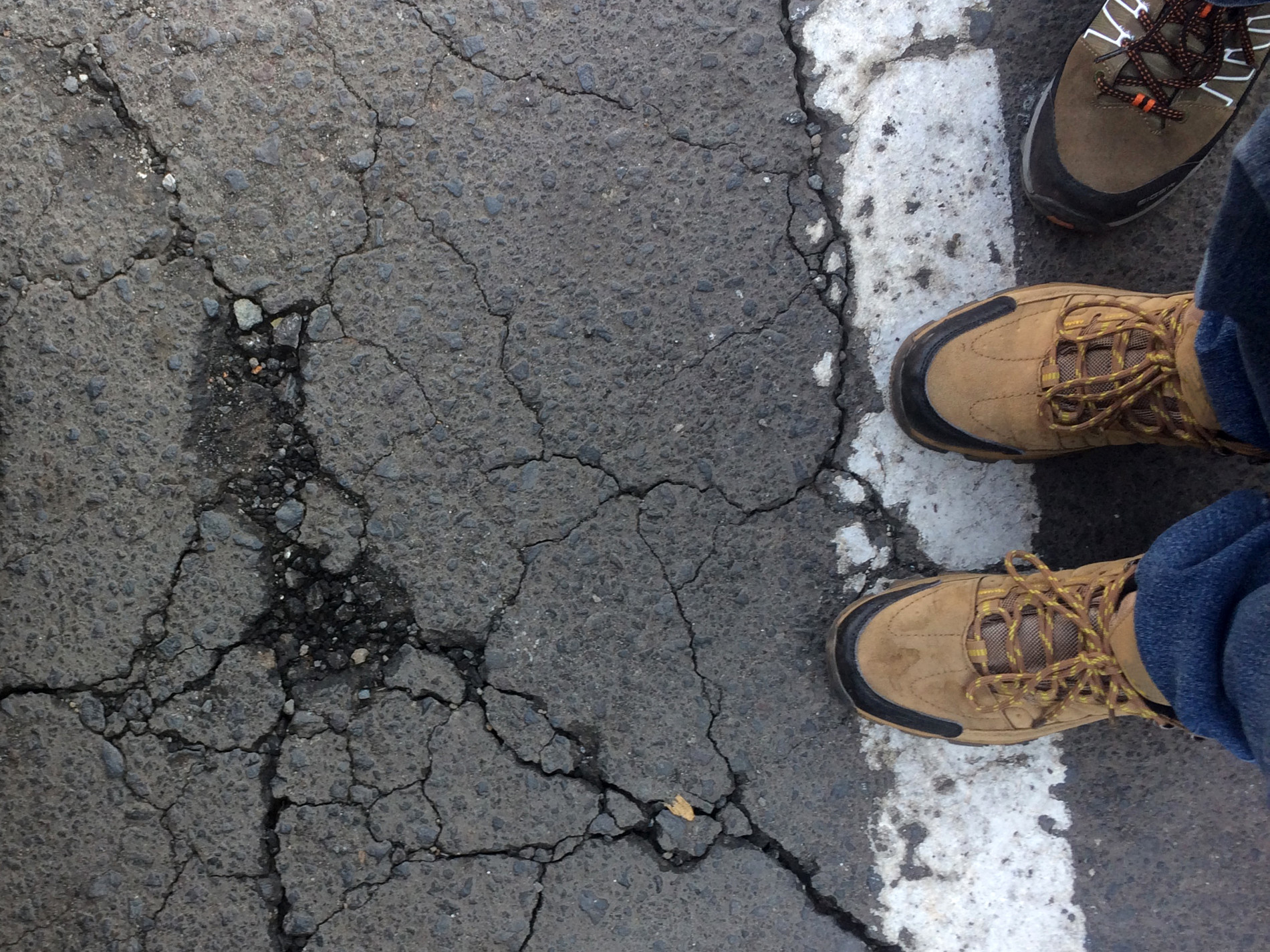 Cracked soil due to earthquakes in Palu, Central Sulawesi, Indonesia. (Fajrul Islam. Moment. Getty Images)
Cracked soil due to earthquakes in Palu, Central Sulawesi, Indonesia. (Fajrul Islam. Moment. Getty Images)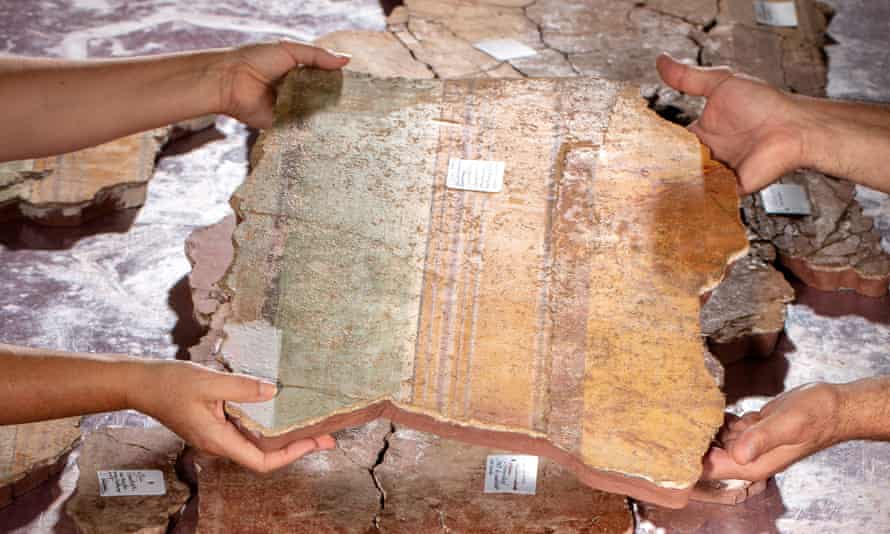 Restoration under way in the laboratory of Arles museum, the town where the House of the Harpist was discovered.
Restoration under way in the laboratory of Arles museum, the town where the House of the Harpist was discovered. 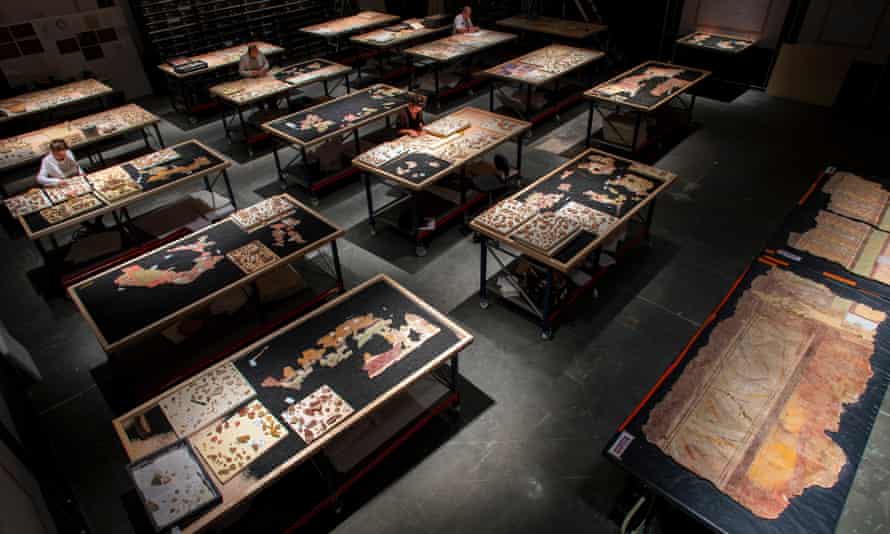
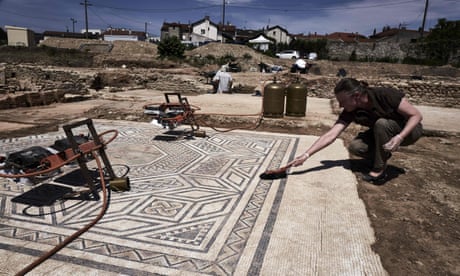
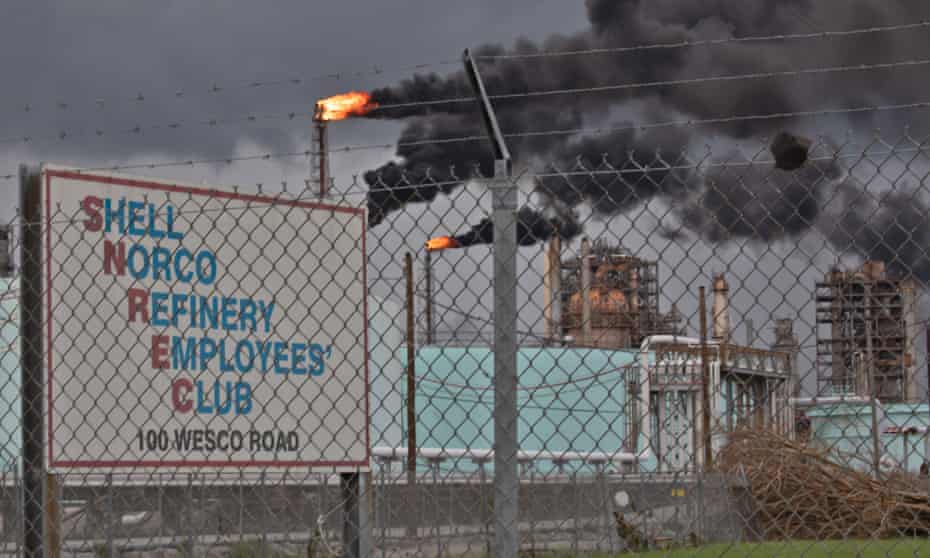

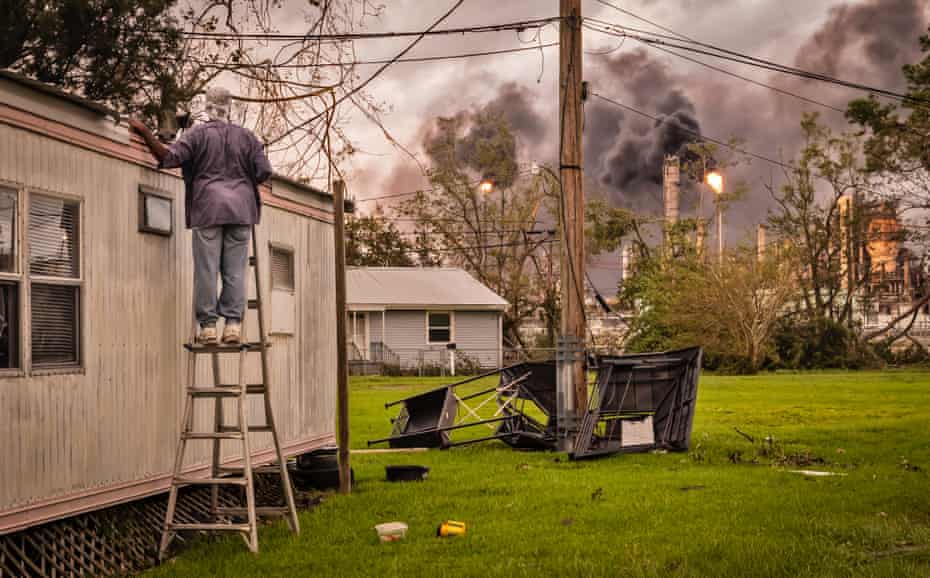
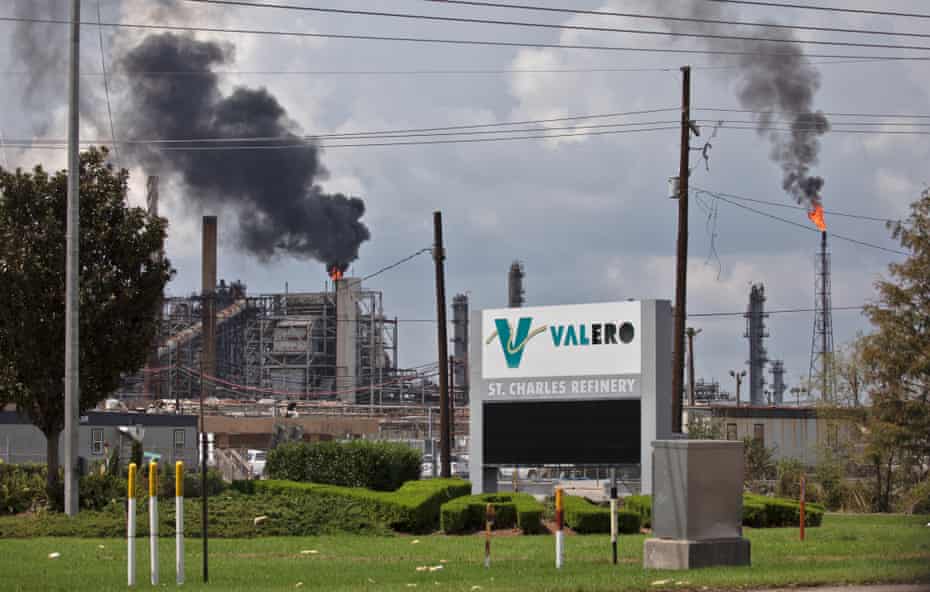
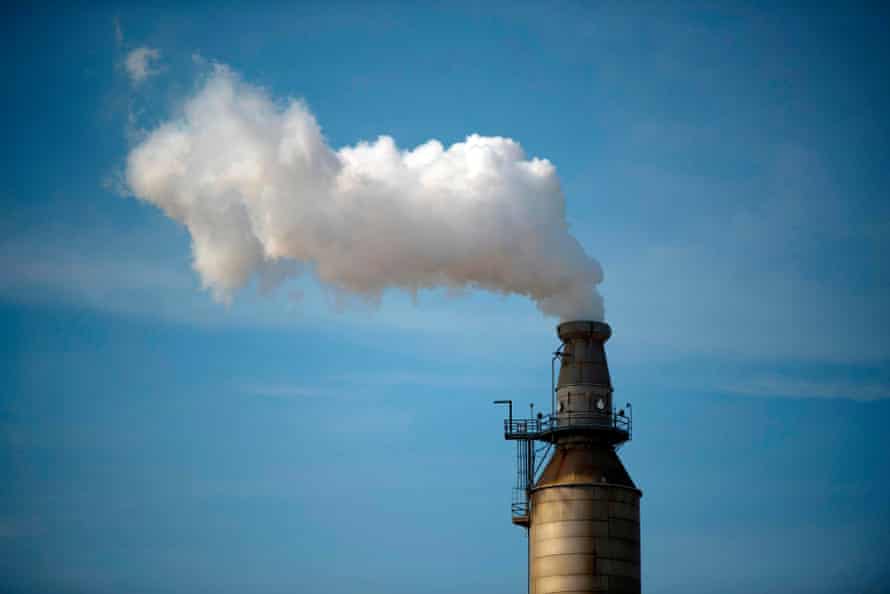
.png)







